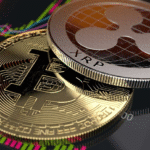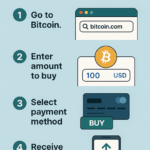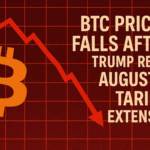In this article, I will take a look into the Best High-Yield Layer 2 Tokens to Stake, specifically considering the best assets in relation to passive income generation.
These tokens provide Ethereum-based solutions with more accessible cost structures and quicker transaction processing times.
If you are in search of innovative ways to maximize your returns while benefiting the blockchain, these Layer 2 staking opportunities are definitely something to look into.
Key Points & Best High-Yield Layer 2 Tokens to Stake List
| Project | Key Points |
|---|---|
| Arbitrum (ARB) | Optimistic Rollup for scaling Ethereum, low transaction costs, high speed, decentralized security. |
| Optimism (OP) | Ethereum Layer 2 solution using Optimistic Rollups, fast, low fees, close to Ethereum mainnet security. |
| Starknet (STRK) | ZK-Rollup platform, scalability for Ethereum, fast and secure transactions, decentralization focus. |
| Immutable X (IMX) | Layer 2 solution for NFTs, gas-free transactions, Ethereum-compatible, high throughput, eco-friendly. |
| Mantle (MNT) | Scalable, decentralized Layer 2, combines Ethereum compatibility with high scalability. |
| zkSync (ZK) | ZK-Rollup solution for Ethereum, low fees, high scalability, security, supports smart contracts. |
| Skale (SKL) | Multi-chain network for decentralized apps, high performance, low-cost, Ethereum compatibility. |
| Coti (COTI) | Payment-focused blockchain, scalable, high-speed, offers a decentralized payment network. |
| Celestia (TIA) | Modular blockchain architecture, scalable, focuses on data availability and consensus. |
| Loopring (LRC) | zkRollup for decentralized exchanges (DEX), low fees, high speed, liquidity-focused. |
10 Best High-Yield Layer 2 Tokens to Stake
1.Arbitrum (ARB)
Arbitrum is one of the most used Layer 2 Ethereum solutions that use Optimistic Rollups for scaling and lower transaction costs. Arbitrum facilitates fast and inexpensive transactions by alleviating Ethereum’s throughput congestion, all while preserving the security and decentralization of the Ethereum blockchain.
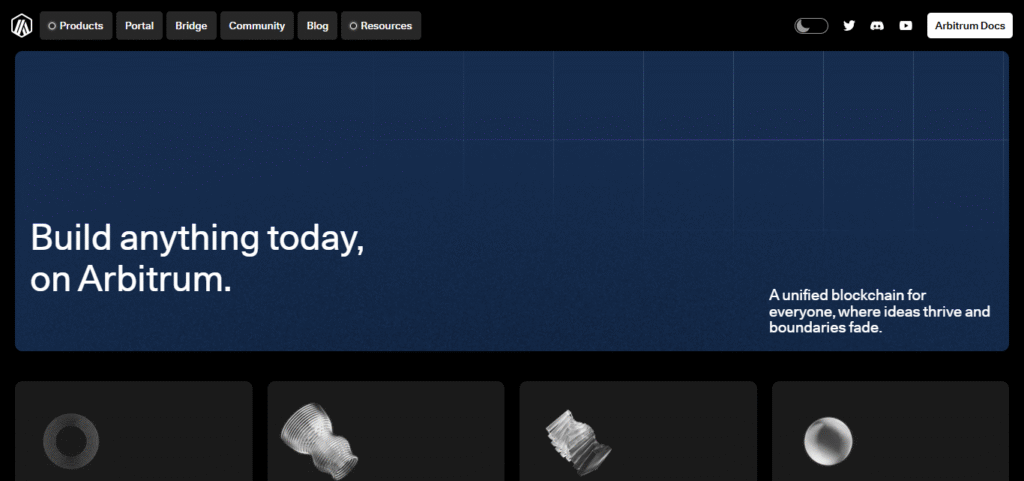
Users can participate in governance by staking ARB tokens and in turn, have power over control decisions on how and when protocols undergo upgrades and shifts.
With its strong security model, low transaction costs, and growing ecosystem, the network is inclined towards high yield staking even more so with upcoming improvements in DeFi infrastructre and network capabilities.
Features Arbitrum (ARB)
Optimistic Rollups: Arbitrum employs Optimistic Rollups to enhance Ethereum’s scalability, offering quicker transaction times and reduced fees.
Ethereum Compatibility: It is fully compatible and integrates smoothly with Ethereum, allowing the use of Ethereum smart contracts without alterations.
Governance Participation: Holders of the ARB token can partake in governance activities on the proportionate control of protocol modifications.
2.Optimism (OP)
Optimism is another Layer 2 solution using Optimistic Rollups that seeks to reduce the fees associated with transacting on Ethereum, while also increasing the speed of transactions.
Optimism processes transactions off-chain, verifying only the end results on Ethereum, which significantly reduces network congestion without compromising Ethereum’s security.
By staking OP tokens, holders can take part in voting decisions involving upgrades to the protocol and changes to important system parameters.
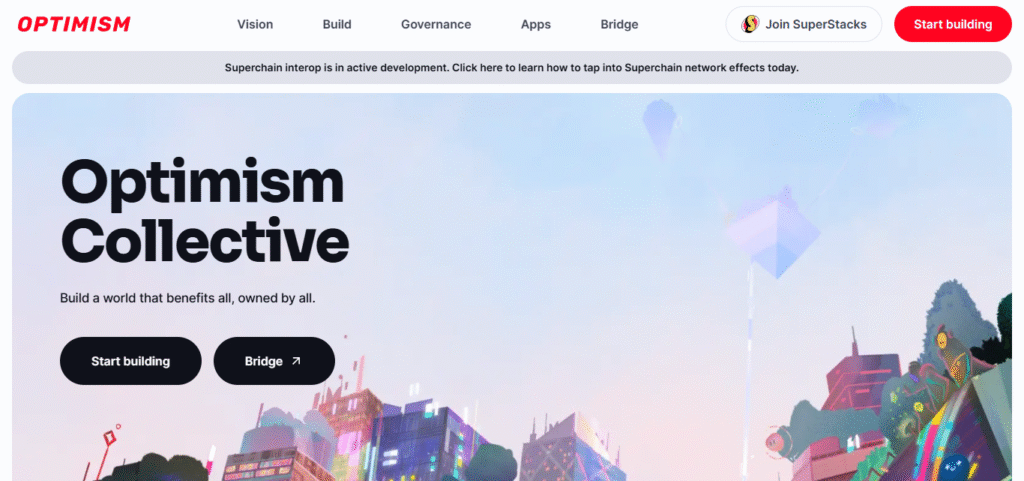
Coupled with the continuous development of DeFi dApps on Ethereum, Optimism is a great candidate for staking with high rewards as the network grows.
Features Optimism (OP)
Optimistic Rollups: Enhances transaction speed and cost by employing Optimistic Rollups while ensuring the same level of security associated with Ethereum.
Low Fees: Off-chain transaction processing results in reduced gas costs, relative to Ethereum’s mainnet.
Ethereum Security: Layer 2 security is offered through the retention of Ethereum’s security model.
Frictionless User Experience: Little to no changes are required for Ethereum dApps and interactions are seamless, therefore there is no friction.
3.Starknet (STRK)
Utilizing ZK Rollups, Starknet enhances transaction speeds and decreases gas fees relative to Ethereum’s Layer 1 network. It offers a faster STRK token staking process that decreases processing and transaction fees, allowing for faster governance participation for network holders.
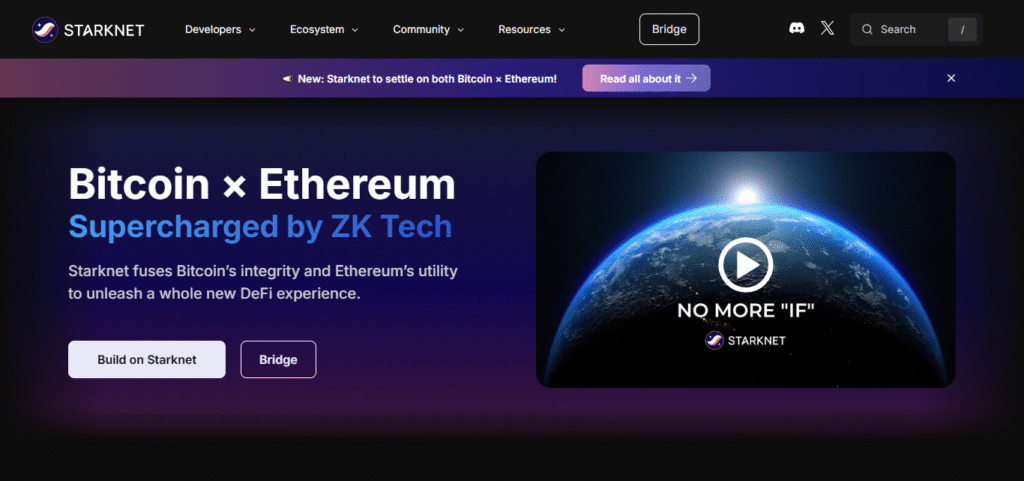
This action directly contributes to network sustaining and stabilizing strengthening governance. With Starknet’s advanced technology stack, it serves as an optimal candidate for high yield staking opportunities as ZK-Rollups become more adopted within the blockchain industry, forecasted to enhance scalability and long-term usage within DeFi.
Features Starknet (STRK)
ZK-Rollups: As a scaling solution geared towards privacy, Starknet utilizes Zero-Knowledge Rollups or ZK-Rollups to increase transaction throughput and cut down operation costs.
High Throughput: Starknet’s architecture enables fast and efficient transaction processing with minimal latency.
Ethereum Compatibility: It was designed to scale with Ethereum’s ecosystem while retaining the core fundamentals of security and decentralization.
Decentralization: Starknet is highly decentralized and maintains a global distribution of nodes to increase reliability across the network.
4.Immutable X (IMX)
Immutable X is a Layer 2 scaling solution dedicated to NFTs on Ethereum that employs ZK-Rollups. Immutable X has turned into a major player in the NFT ecosystem thanks to it’s concentrated on NFTs and the capability to leverage Ethereum’s security and decentralization.
The platform delivers gas-free transactions with elevated throughput and speedy Immutable X ZK-Rollups.
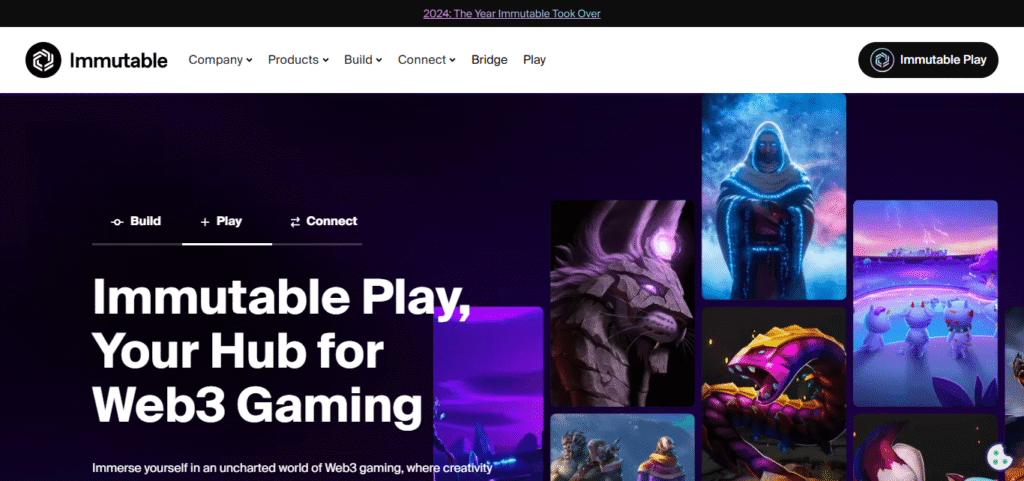
Whereas, stakers become network governance holders as well as earn rewards when staking IMX tokens. As demand accelerates for NFTs, Immutable X Fes appealing for users involved with burgeoning NFT marketplace and gaming sectors.
Features Immutable x (IMX)
NFT Scalability: Immutable X powers NFT innovations by providing the marketplace infrastructure for gasless, instant transactions.
ZK-Rollups: Such transactions are made possible via Zero Knowledge Rollups, enabling high throughput while maintaining a reliable level of security.
Ethereum Compatibility: Immutable X is built on Ethereum which ensures native compatibility with pre-existing Ethereum assets and infrastructure.
Governance: Holders of the IMX tokens have voting rights which allow them to influence changes made on the protocols upgrades and changes.
5.Mantle (MNT)
Mantle deals with increasing Ethereum’s processing capacity, improving it as a L2 solution while keeping the transaction costs, speeds and fees low.
Being Ethereum compatible and highly scalable, Mantle can decentralize and support a variety of dApps and protocols without stressing the main Ethereum network.
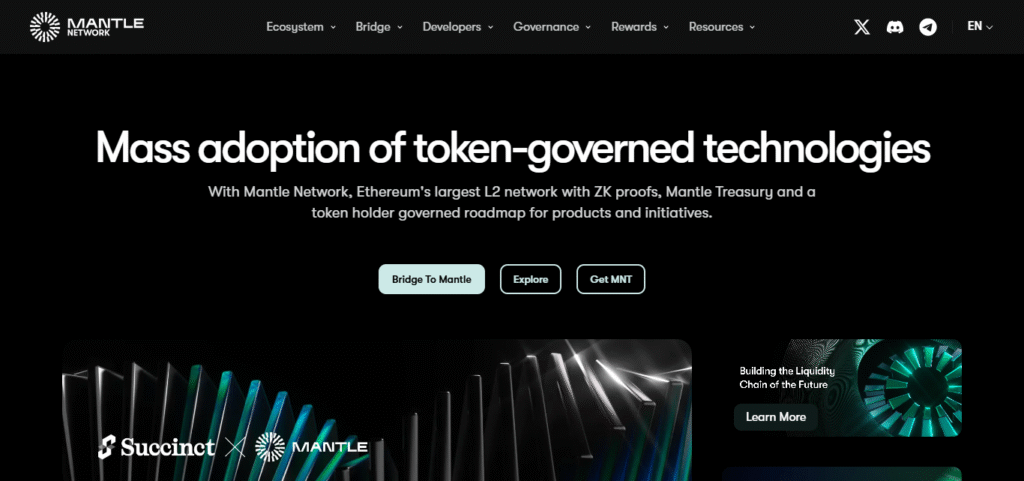
Users can participate in governance through voting by staking MNT tokens, deciding on the measures the platform takes in the ecosystem and DeFi adoption growth
The evolving ecosystem of DeFi positioned Mantle as a high yield staking option for investors eyeing Ethereum scaling solutions and decentralized governance.
Features Mantle (MNT)
Scalable Layer 2 Solution: Extends Ethereum’s functionalities by providing scalable Mantle solutions which allows higher throughput and low fees.
Ethereum Compatibility: Structure allows the use of Ethereum based applications with little to no barriers to Ethereum based applications making the use of existing dApps very simple.
Low Transaction Costs: Strives to achieve low transaction cost, while keeping security and decentralization intact.
6.zkSync (ZK)
With the use of Zero-Knowledge Rollups (ZK-Rollups), zkSync is an Ethereum Layer 2 scaling solution that enhances transaction efficiency and throughput while minimizing operational costs. Like most scaling solutions, zkSync focuses on enabling fast, secure and cheap transactions without compromising Ethereum’s core principle of decentralization.

Staking allows users, through ZK tokens, to take part in governance, voting on network updates and protocol improvements. Enhanced scalability through systemic expansion of dApps positioned zkSync as a highly sought after option for those wishing to stake ZK tokens and benefit from the increasing demand for efficient and cost effective blockchain solutions.
Features zkSync (ZK)
ZK-Rollups: Implements Zero-Knowledge Rollups zkSync scaling to Ethereum, increasing its transaction speed, security and cost effectiveness.
Ethereum-Compatibility: Ethereum is fully supported as zkSync is a blockchain-like network that accepts.”
Security: Offers lower transaction fees than Ethereum but integrates the same robust security guarantees.
Scalability: Greatly promotes Ethereum’s transaction count, widely used for high volume dApps making it less congested.
7.Skale (SKL)
Skale is a multi-chain Level-2 network that enables low cost, high performance, and Ethereum-compatible decentralized applications (dApps).
Developers looking to deploy cost-effective and swift applications can take advantage of the Skale network’s robust ecosystem, which supports Ethereum smart contracts with high scalability.
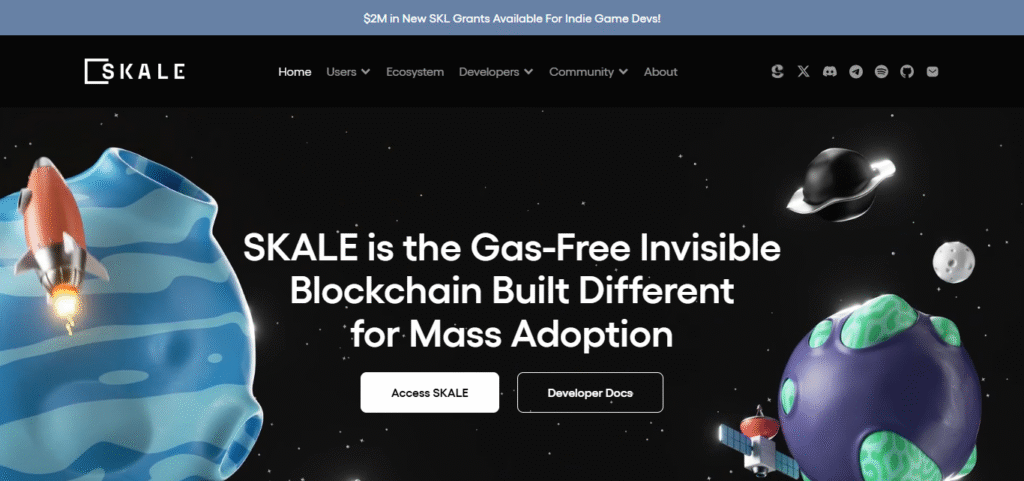
Users who stake SKL tokens contribute to the security and governance of the network, earning rewards for their participation. Skale is positioned as a dApp solutions provider with an innovative infrastructure, supporting decentralized applications and blockchain projects.
Innovations within this infrastructure alongside growing demand for dApp solutions makes Skale a lucrative staking opportunity.
Features Skale (SKL)
Multi-Chain Network: Skale allows the development of different customized blockchain networks for particular dApps with great scalability and flexibility.
Low Fees: Aimed at minimizing transaction costs, making it easier for developers to build on the network.
Ethereum Compatibility: Skale is compatible with the execution of Ethereum smart contracts, meaning that it can be used with Ethereum applications without any problems.
High Throughput: Skale offers a high throughput dApps demanding high levels of transactions to be processed rapidly.
8.Coti (COTI)
Coti is a blockchain network facilitating fast, scalable, and secure transactions for decentralized, high-performance payments. Coti provides a reliable payment network, particularly focused on decentralized finance (DeFi) applications, using its proprietary consensus algorithm.
Staking COTI tokens enables users to earn staking rewards while actively participating in the governance and decision-making of the network.
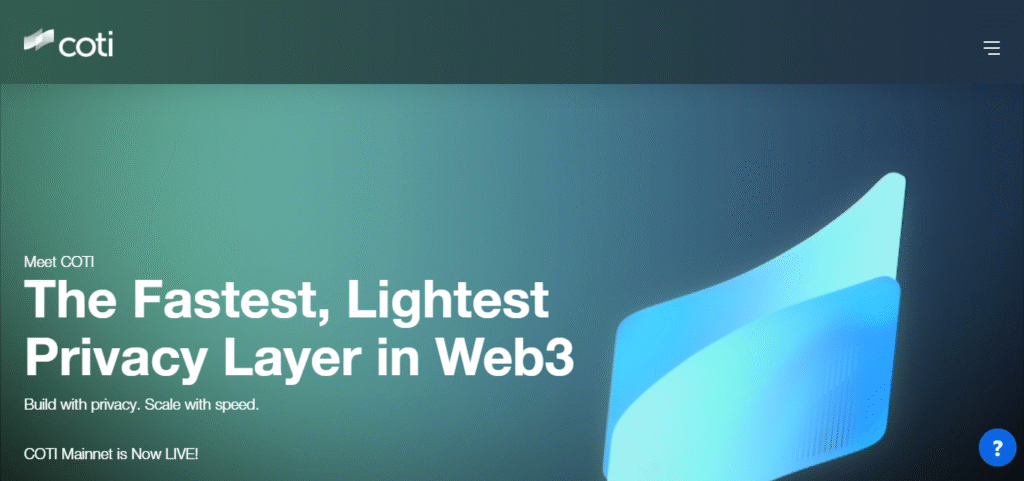
As Coti’s payment infrastructure receives more adoption within DeFi ecosystems and beyond, it attracts those interested in blockchain payment systems and decentralized financial services, providing an attractive staking opportunity.
Features Coti (COTI)
Scalable Network: Coti is capable of managing large numbers of transactions at once due to their low-cost and high-speed nature, ensuring efficiency of the network.
DAG Technology: With Coti’s changing of transaction processing standards using Directed Acyclic Graph (DAG), efficiency and speed increase significantly.
Governance: Users of COTI tokens are included in the governance framework of the network, hence are privy to policy shift discussions and decisions.
DeFi Integration: Coti’s infrastructure is well-equipped for integration with decentralized finance (DeFi) applications and services.
9.Celestia (TIA)
Celestia is a modular blockchain whose consensus and data availability are separate from execution, enabling more scalability and preserving decentralization. This design provides evolution, more flexibility and efficiency in blockchain networks.
By staking TIA tokens, holders actively help secure the network by providing required data availability and consensus services.

This staking option is particularly appealing in light of the unique scaling strategy offered by Celestia, which has the potential to yield high returns as the network expands.
In the current context of modular blockchain development, Celestia is an appealing staking target for supporters of new innovations in blockchain architecture.
Features Celestia (TIA)
Modular Blockchain Architecture: Celestia’s distinctive modular design separates the consensus layer from the execution layer, making it more scalable and flexible.
Data Availability: Prioritizes data availability, ensuring blockchain data is accessible without performance degradation.
Scalability: Having segregation of different components of the blockchain, Celestia grants more scalability than classical blockchains.
10.Loopring (LRC)
Loopring is a protocol of layer 2 focusing on DEX (Decentralized Exchanges) and Payment Service. They are integrated with zkRollups which allow Loopring to have comparatively lower costs and faster speed of operation on Ethereum without losing its security framework.
It is very popular due to its usage in decentralized trading and liquidity provision. Staking LRC tokens allows participants to earn rewards and take part in governance decisions regarding protocol changes.
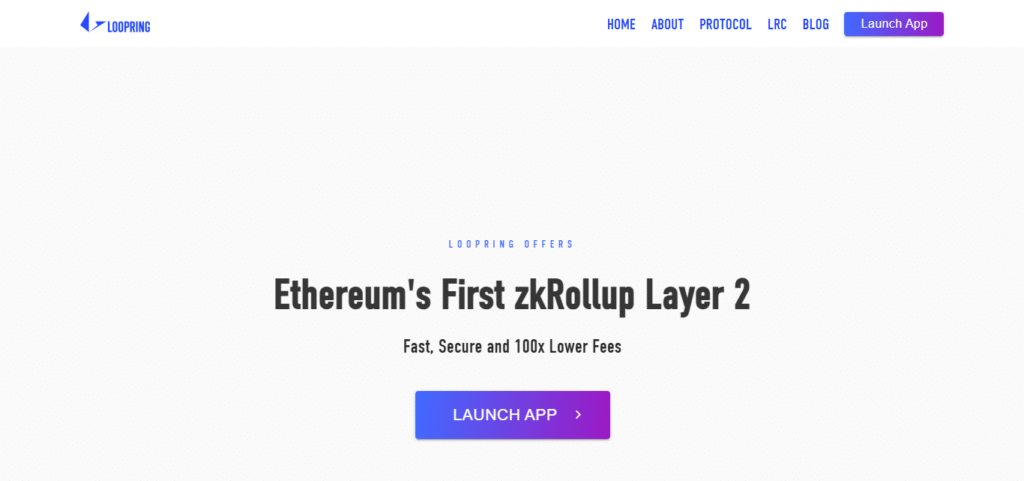
The market needs more sophisticated tools for decentralized trading and increasing demand for it makes Loopring a liquidity-centered offer in the fast-growing DeFi market, thus providing high-yield staking opportunities.
Features Loopring (LRC)
zkRollups: Loopring provides decentralized trading and payments that are quick and inexpensive thanks to zkRollups.
Decentralized Exchange (DEX): Loopring concentrates on decentralized exchange (DEX) of peer-to-peer trading and does not utilize intermediaries.
Low Fees: zkRollups’ implementation significantly cuts gas fees, enhancing profitability for traders and liquidity providers.
Conclusion
To sum up, these high-yield Layer 2 tokens like ARB, OP, STRK, and the others offer a unique combination of passive income while allowing the investor to participate in governance by providing their stake.
Such tokens power the blockchains of lower-cost and higher-scalable ecosystems which are crucial for the future of Ethereum. With the increased adoption, not only does staking these provide high returns, but they also assist in securing and defining the future of decentralized applications.





